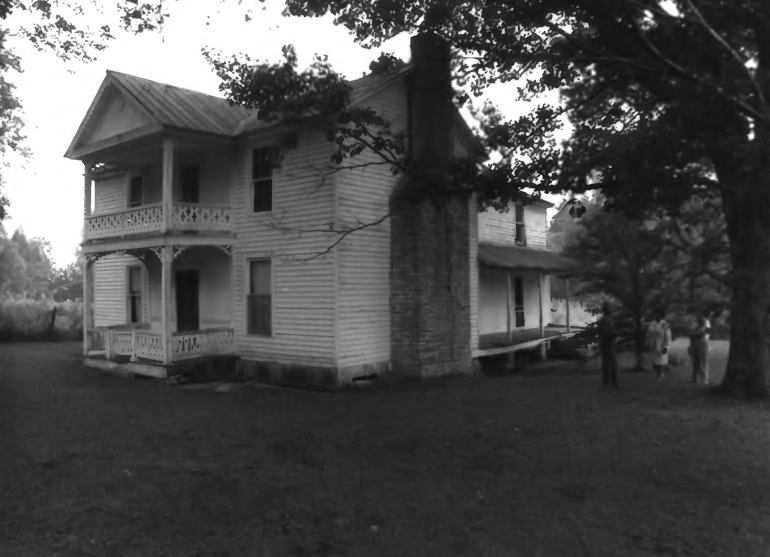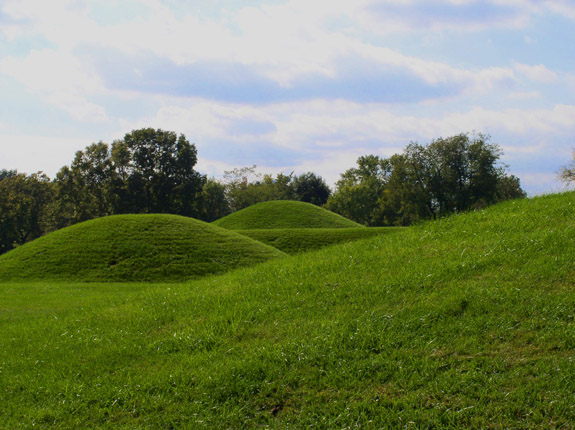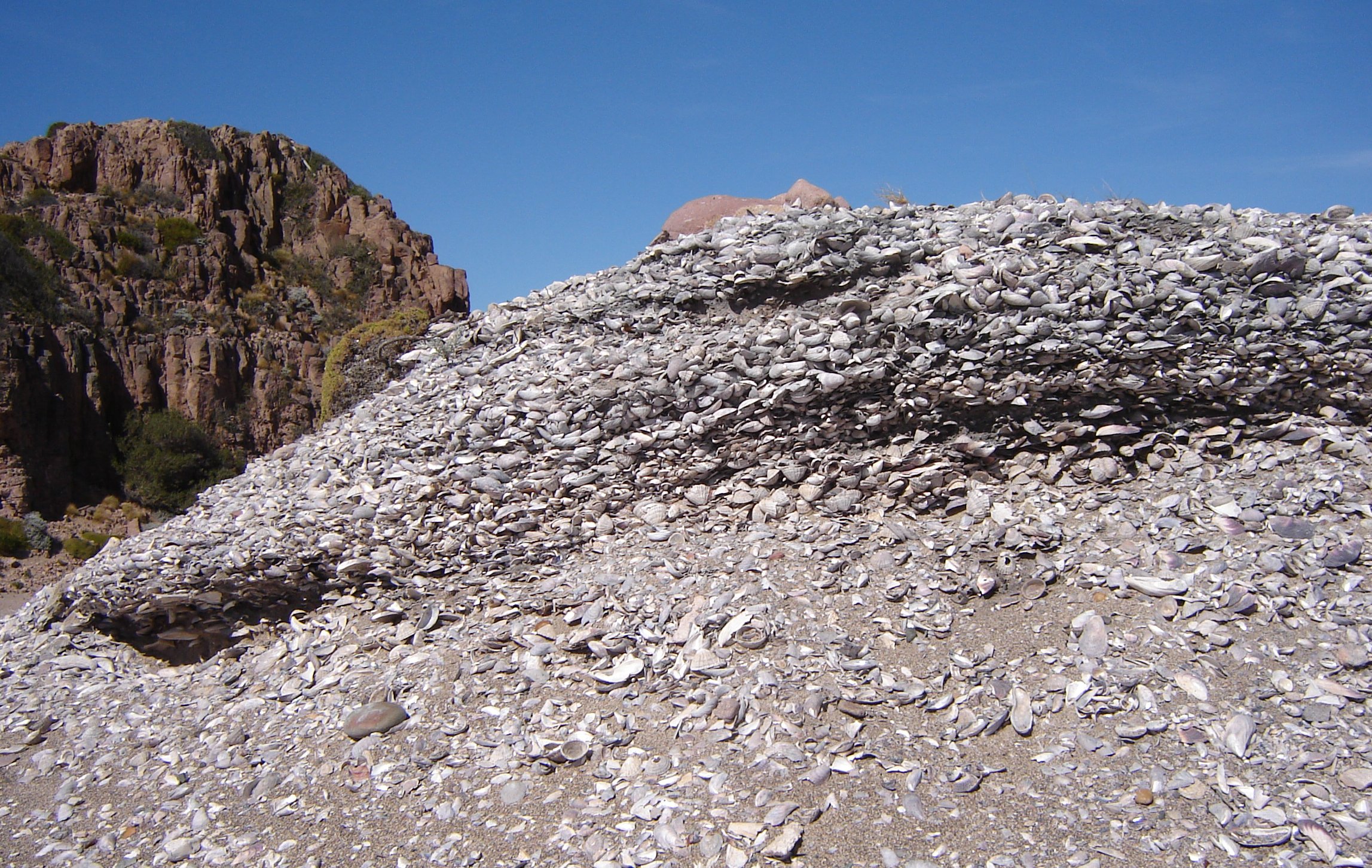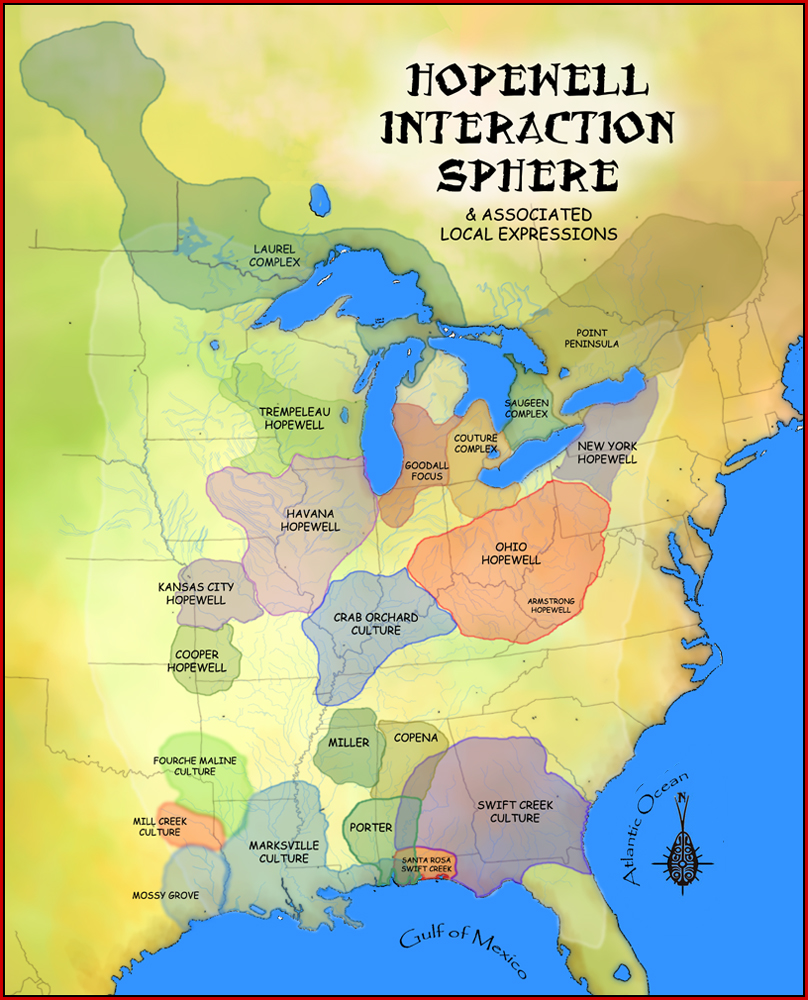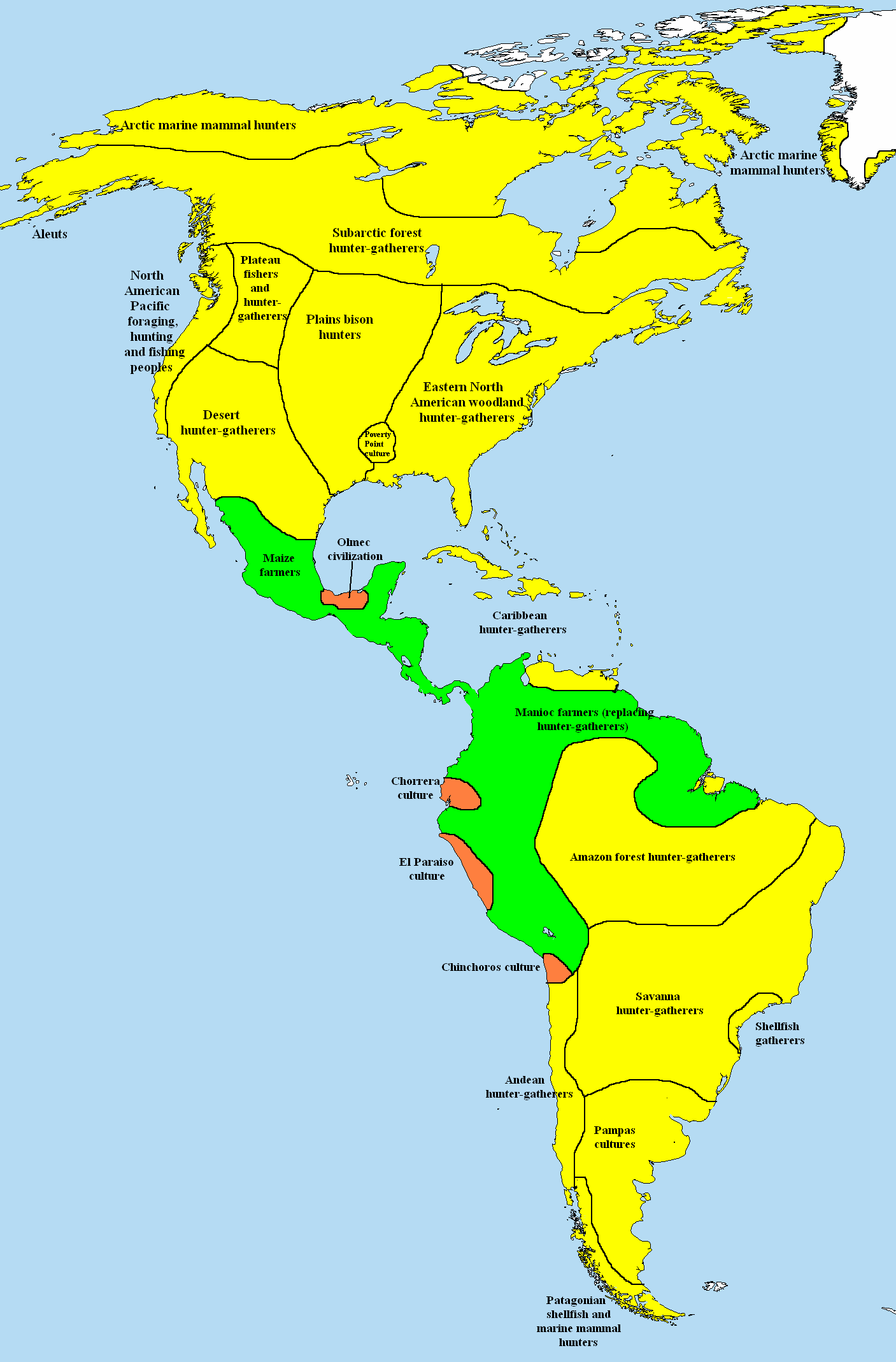|
Perry County, Tennessee
Perry County is a county located in the U.S. state of Tennessee. As of the 2020 census, the population was 8,366, with an average population density of , making it the least densely populated county in Tennessee. Its county seat and largest town is Linden. The county is named after American naval commander and War of 1812 hero Oliver Hazard Perry. In 1806, the Cherokee ceded to the United States the land that would later become Perry County in the Treaty of Washington. The county was established by the Tennessee General Assembly in 1819 from parts of Wayne County, Hickman County, and Humphreys County. In 1845, the portions of Perry County located west of the Tennessee River were split off to form Decatur County. Agriculture and forestry are the largest components of the local economy, supplemented by light industry and tourism. Perry County is one of the most economically disadvantaged counties in the state. It was severely impacted by the Great Recession of 2008, at on ... [...More Info...] [...Related Items...] OR: [Wikipedia] [Google] [Baidu] |
Oliver Hazard Perry
Oliver Hazard Perry (August 23, 1785 – August 23, 1819) was a United States Navy officer from South Kingstown, Rhode Island. A prominent member of the Perry family naval dynasty, he was the son of Sarah Wallace Alexander and Captain Christopher Raymond Perry, and older brother of Commodore (United States), Commodore Matthew C. Perry. Perry served in the West Indies during the Quasi War of 1798–1800 against France, in the Mediterranean Sea, Mediterranean during the Barbary Wars of 1801–1815, and in the Caribbean fighting piracy and the African slave trade, slave trade, but is most noted for his role in the War of 1812 during the 1813 Battle of Lake Erie. During the war against United Kingdom of Great Britain and Ireland, Britain, Perry supervised the building of a fleet at Erie, Pennsylvania. He earned the title "Hero of Lake Erie" for leading American forces in a decisive naval victory at the Battle of Lake Erie, receiving a Congressional Gold Medal and the Thanks of Con ... [...More Info...] [...Related Items...] OR: [Wikipedia] [Google] [Baidu] |
Decatur County, Tennessee
Decatur County is a county located in the U.S. state of Tennessee. As of the 2020 census, the population was 11,435. Its county seat is Decaturville. History This county is named after naval hero Stephen Decatur, Jr., who gained national recognition in the First Barbary War, the Second Barbary War, and the War of 1812 by his leadership and achievements at sea. The county was created in November 1845 from the part of Perry County west of the Tennessee River in response to a petition by citizens on the west side of the river. Like several other counties west of the Tennessee River, Decatur County was substantially pro- Union during the Civil War, contrary to the generally pro-Confederate sympathies of West and Middle Tennessee. In Tennessee's Ordinance of Secession referendum on June 8, 1861, Decatur County voted to remain in the Union by a margin of 550 to 310, being one of only eight counties in West or Middle Tennessee to support the Union. Earlier on February 9, 1861, ... [...More Info...] [...Related Items...] OR: [Wikipedia] [Google] [Baidu] |
Smithsonian Institution
The Smithsonian Institution ( ), or simply the Smithsonian, is a group of museums, Education center, education and Research institute, research centers, created by the Federal government of the United States, U.S. government "for the increase and diffusion of knowledge". Founded on August 10, 1846, it operates as a trust instrumentality and is not formally a part of any of the Federal government of the United States#branches, three branches of the federal government. The institution is named after its founding donor, British scientist James Smithson. It was originally organized as the United States National Museum, but that name ceased to exist administratively in 1967. The Smithsonian Institution has historical holdings of over 157 million items, 21 museums, 21 libraries, 14 education and research centers, a zoo, and historical and architectural landmarks, mostly located in Washington, D.C. Additional facilities are located in Maryland, New York (state), New York, and Virg ... [...More Info...] [...Related Items...] OR: [Wikipedia] [Google] [Baidu] |
Copena Culture
The Hopewell tradition, also called the Hopewell culture and Hopewellian exchange, describes a network of precontact Native American cultures that flourished in settlements along rivers in the northeastern and midwestern Eastern Woodlands from 100 BCE to 500 CE, in the Middle Woodland period. The Hopewell tradition was not a single culture or society but a widely dispersed set of populations connected by a common network of trade routes. At its greatest extent, the Hopewell exchange system ran from the northern shores of Lake Ontario south to the Crystal River Indian Mounds in modern-day Florida. Within this area, societies exchanged goods and ideas, with the highest amount of activity along waterways, which were the main transportation routes. Peoples within the Hopewell exchange system received materials from all over the territory of what now comprises the mainland United States. Most of the items traded were exotic materials; they were delivered to peoples living in the maj ... [...More Info...] [...Related Items...] OR: [Wikipedia] [Google] [Baidu] |
Mississippian Culture
The Mississippian culture was a collection of Native American societies that flourished in what is now the Midwestern, Eastern, and Southeastern United States from approximately 800 to 1600 CE, varying regionally. It was known for building large, earthen platform mounds, and often other shaped mounds as well. It was composed of a series of urban settlements and satellite villages linked together by loose trading networks. The largest city was Cahokia, believed to be a major religious center, located in what is present-day southern Illinois. The Mississippian way of life began to develop in the Mississippi River Valley (for which it is named). Cultures in the tributary Tennessee River Valley may have also begun to develop Mississippian characteristics at this point. Almost all dated Mississippian sites predate 1539–1540 (when Hernando de Soto explored the area), with notable exceptions being Natchez communities. These maintained Mississippian cultural practices into the 1 ... [...More Info...] [...Related Items...] OR: [Wikipedia] [Google] [Baidu] |
Midden
A midden is an old dump for domestic waste. It may consist of animal bones, human excrement, botanical material, mollusc shells, potsherds, lithics (especially debitage), and other artifacts and ecofacts associated with past human occupation. These features provide a useful resource for archaeologists who wish to study the diets and habits of past societies. Middens with damp, anaerobic conditions can even preserve organic remains in deposits as the debris of daily life are tossed on the pile. Each individual toss will contribute a different mix of materials depending upon the activity associated with that particular toss. During the course of deposition sedimentary material is deposited as well. Different mechanisms, from wind and water to animal digs, create a matrix which can also be analysed to provide seasonal and climatic information. In some middens individual dumps of material can be discerned and analysed. Shells A shell midden or shell mound is an arc ... [...More Info...] [...Related Items...] OR: [Wikipedia] [Google] [Baidu] |
Paleoindian
Paleo-Indians were the first peoples who entered and subsequently inhabited the Americas towards the end of the Late Pleistocene period. The prefix ''paleo-'' comes from . The term ''Paleo-Indians'' applies specifically to the lithic period in the Western Hemisphere and is distinct from the term ''Paleolithic''.''Paleolithic'' specifically refers to the period between million years ago and the end of the Pleistocene in the Eastern Hemisphere. It is not used in New World archaeology. Traditional theories suggest that big-animal hunters crossed the Bering Strait from North Asia into the Americas over a land bridge (Beringia). This bridge existed from 45,000 to 12,000 BCE (47,000–14,000 BP). Small isolated groups of hunter-gatherers migrated alongside herds of large herbivores far into Alaska. From BCE ( BP), ice-free corridors developed along the Pacific coast and valleys of North America. [...More Info...] [...Related Items...] OR: [Wikipedia] [Google] [Baidu] |
Woodland Culture
In the classification of archaeological cultures of North America, the Woodland period of North American pre-Columbian cultures spanned a period from roughly 1000 BC to European contact in the eastern part of North America, with some archaeologists distinguishing the Mississippian period, from 1000 AD to European contact as a separate period. The term "Woodland Period" was introduced in the 1930s as a generic term for prehistoric sites falling between the Archaic hunter-gatherers and the agriculturalist Mississippian cultures. The Eastern Woodlands cultural region covers what is now eastern Canada south of the Subarctic region, the Eastern United States, along to the Gulf of Mexico. This period is variously considered a developmental stage, a time period, a suite of technological adaptations or "traits", and a "family tree" of cultures related to earlier Archaic cultures. It can be characterized as a chronological and cultural manifestation without any massive chang ... [...More Info...] [...Related Items...] OR: [Wikipedia] [Google] [Baidu] |
Archaic Period (North America)
In the classification of the :category:Archaeological cultures of North America, archaeological cultures of North America, the Archaic period in North America, taken to last from around 8000 to 1000 Anno Domini, BC in the sequence of North American pre-Columbian cultural stages, is a period defined by the ''archaic stage'' of cultural development. The Archaic stage is characterized by subsistence economy, subsistence economies supported through the exploitation of Nut (fruit), nuts, seeds, and shellfish. As its ending is defined by the adoption of sedentary farming, this date can vary significantly across the Americas. The rest of the Americas also have an Archaic Period (Americas), Archaic Period. Classifications This classification system was first proposed by Gordon Willey and Philip Phillips (archaeologist), Philip Phillips in the widely accepted 1958 book ''Method and Theory in American Archaeology''. In the organization of the system, the Archaic period followed the Lith ... [...More Info...] [...Related Items...] OR: [Wikipedia] [Google] [Baidu] |
Mound Builders
Many pre-Columbian cultures in North America were collectively termed "Mound Builders", but the term has no formal meaning. It does not refer to specific people or archaeological culture but refers to the characteristic mound earthworks that indigenous peoples erected for an extended period of more than 5,000 years. The "Mound Builder" cultures span the period of roughly 3500 BCE (the construction of Watson Brake) to the 16th century CE, including the Archaic period ( Horr's Island), Woodland period ( Caloosahatchee, Adena and Hopewell cultures), and Mississippian period. Geographically, the cultures were present in the region of the Great Lakes, the Ohio River Valley, Florida, and the Mississippi River Valley and its tributary waters. Outlying mounds exist in South Carolina at Santee and in North Carolina at Town Creek. The first mound building was an early marker of political and social complexity among the cultures in the Eastern United States. Watson Brake in Louisi ... [...More Info...] [...Related Items...] OR: [Wikipedia] [Google] [Baidu] |
Ecotourism
Ecotourism is a form of nature-oriented tourism intended to contribute to the Ecological conservation, conservation of the natural environment, generally defined as being minimally impactful, and including providing both contributions to conservation and environmental education. The definition sometimes also includes being financially beneficial to the host community or making conservation financially possible. There are a range of different definitions, and the correct definition of the term was an active subject of debate as of 2009. The term is also used more widely by many organizations offering nature tourism, which do not focus on being beneficial to the environment. Since the 1980s, ecotourism has been considered an important endeavor by environmentalists for conservation reasons. Organizations focusing on ecotourism often make direct or indirect contributions to conservation or employ practices or technology that reduce impacts on the environment. However (according to Bu ... [...More Info...] [...Related Items...] OR: [Wikipedia] [Google] [Baidu] |
Mousetail Landing State Park
Mousetail Landing State Park is a state park located on the eastern bank of the Tennessee River in Perry County, Tennessee near Linden. The park was established in 1979, making it one of the more recent additions to the Tennessee State Parks system. The name is thought to have been derived from an event during the American Civil War in which a tannery located at a river landing on the site of the present day state park caught fire. The tannery was infested with an unusually large number of mice which fled the burning tannery in the direction of the landing, giving the landing its present name. The park has of trails, 24 prepared campsites, a swimming beach, a boat landing, sports fields and courts, an archery range and an enclosed event pavilon. Also located within the park are several archeological ruins, including the original landing pier, a blacksmith shop, and Parrish Cemetery. Soils in the park have brown silt loam topsoil over brown or red silty clay loam to clay. C ... [...More Info...] [...Related Items...] OR: [Wikipedia] [Google] [Baidu] |
